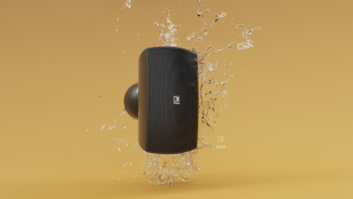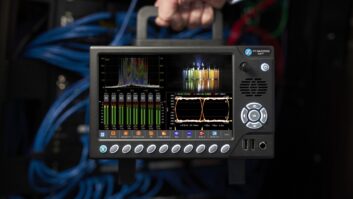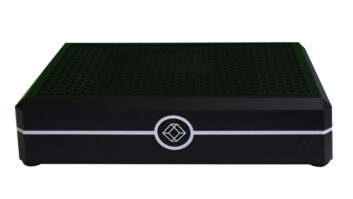When the Contracting Market Went Soft
Mar 1, 2003 12:00 PM,
By Brent Harshbarger
MY CAREER AS A SYSTEMS INTEGRATOR began in the ’80s, when contracting was somewhat specialized. Contractors did A/V, sound and communications systems, security, surveillance, or fire and EVAC systems. If you wanted to provide any kind of control, you programmed the system using hardware devices, aka relays. Digital described the future as played out in sci-fi books and movies. New, innovative high-tech companies such as AMX and Crestron came to market with control devices that used digital logic for control instead of relays (for the most part). The only thing you needed was a magic wand, now called a greenie, to place some HEX on these new devices so that the user could take control of his or her A/V system.
However, the young and clueless were interested in these new devices called 8088s, which could process several million instructions a second. The youngsters saw control possibilities that went beyond anything ever dreamed before, whereas the power base at the time saw only flaws; after all, how can you rely on something you can’t see work?
The kids in the shop kept trying to figure out ways to make these devices solve integration challenges while the mainstream stuck to good old reliable analog. Frustrated, the young left the industry to go play with computers, taking with them the knowledge they learned as system integrators to create industries and computerized products.
The manufacturers then started to release programmable devices that used serial communication so you could “see” inside the new boxes. Best of all, you didn’t have to use a screwdriver to program each system from scratch. The control companies quickly joined in by learning how to be a digital interpreter from a single central human control device to many devices that spoke different languages. The mainstream determined that digital control is good, but analog signals and routing systems were still more comfortable.
The computer generation believed that if one device could control many devices, why couldn’t the devices talk to each other? Again, the integration companies seemed to find no benefit in such a thing, and those who understood left the industry to make real money. Networking was born.
I have seen this saga repeated time and time again. A new technology comes about and is often known by the industry, but the innovation comes from outside. Industry members, a technology-savvy group of folks, are usually not considered by marketing people as innovators or early adapters. But not you, right? You are on top of technology; you live and breathe it.
First, is your organization properly equipped? Do you have a network administrator that possesses the current knowledge above the data link layer in the OSI model? How about a database administrator who can design and implement an efficient database using SQL, Oracle, and XML, or a networking specialist who knows all of the technologies below the network layer of the OSI model? Does your organization have a person who can develop applications in C/C++, Java, XML, and other Web-related languages? You might say, “We are sound and video contractors, not IT contractors.” It might be that sound and video systems are becoming a subset of the IT business.
Industrial systems are basically specialized PCs; in fact, they run on off-the-shelf real-time operating systems or even Windows or Unix/Linux. The application running on this system was probably written in C or C++, and if you look deep into the system, you will even find some kind of database. You would be hard-pressed not to find some kind of networking port on it, whether it be USB, 1394, Fiber Channel, or Ethernet.
The market went “soft” almost two decades ago, and if you aren’t soft today, your business will be soon. A properly staffed organization should have double-E and computer science types. Software is as much (or more) of what we do than hardware. Although double-E types had to endure a couple of programming classes in school, the architecture and technology for designing good software goes beyond writing some code. In many cases, a double-E is no more equipped to handle large software projects than a computer science major can take on a hardware design project. The increasingly soft connection changes the requirements for organizations that require a high level of competence in software technology. The value of our businesses compared to our traditional IT friends is we specialize in real-time data systems and how that data is produced, stored, and consumed.
Brent Harshbarger has worked for Peavey in the development of Media-Matrix. He can be reached at [email protected].








